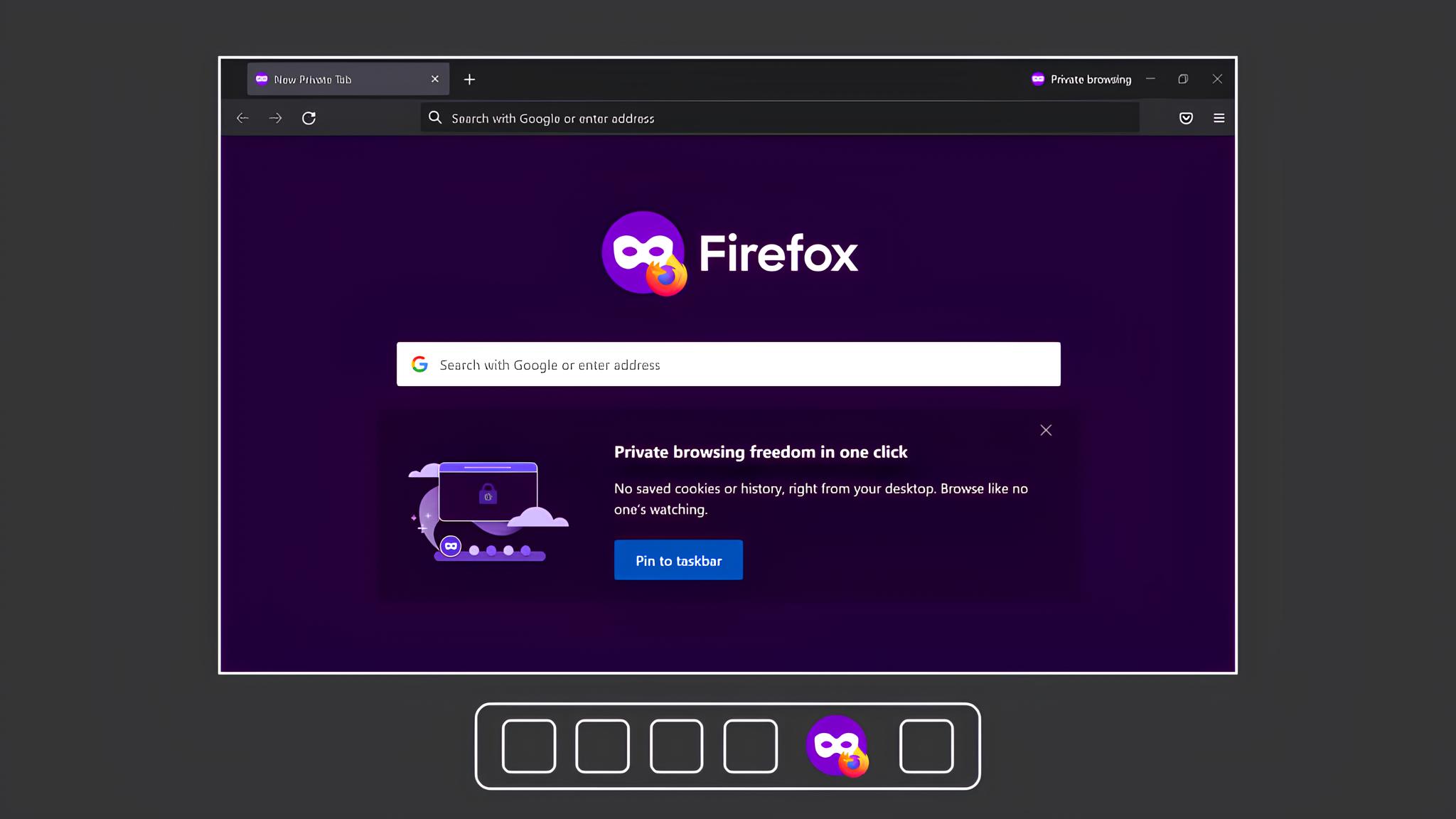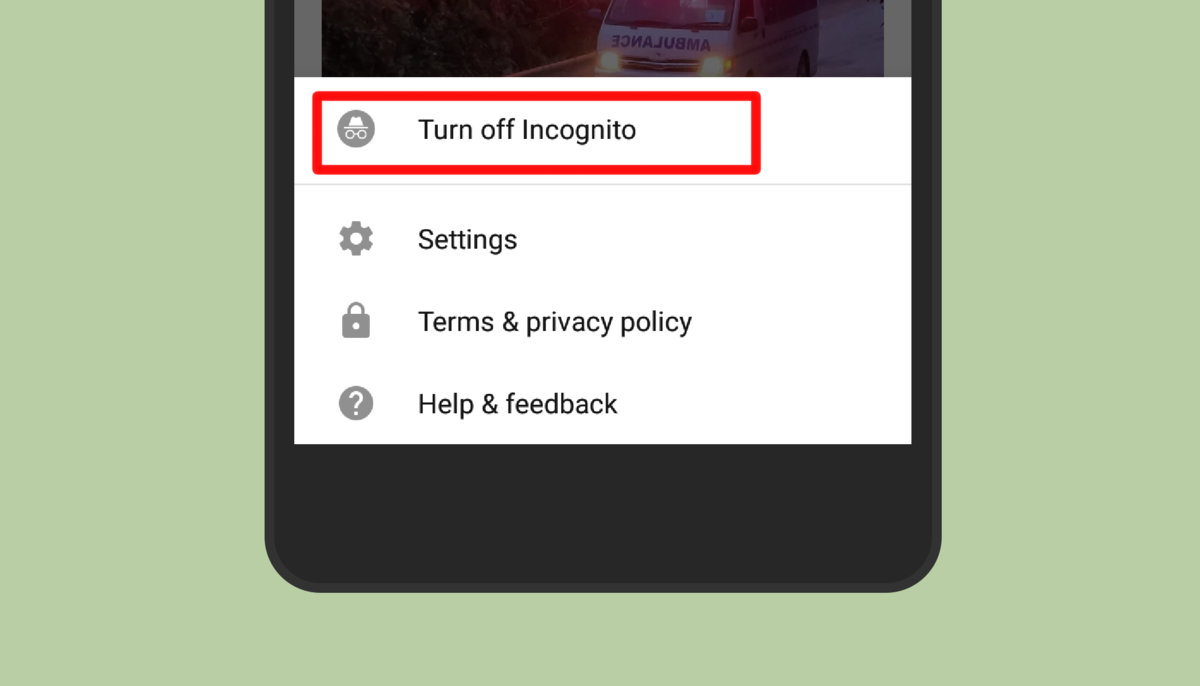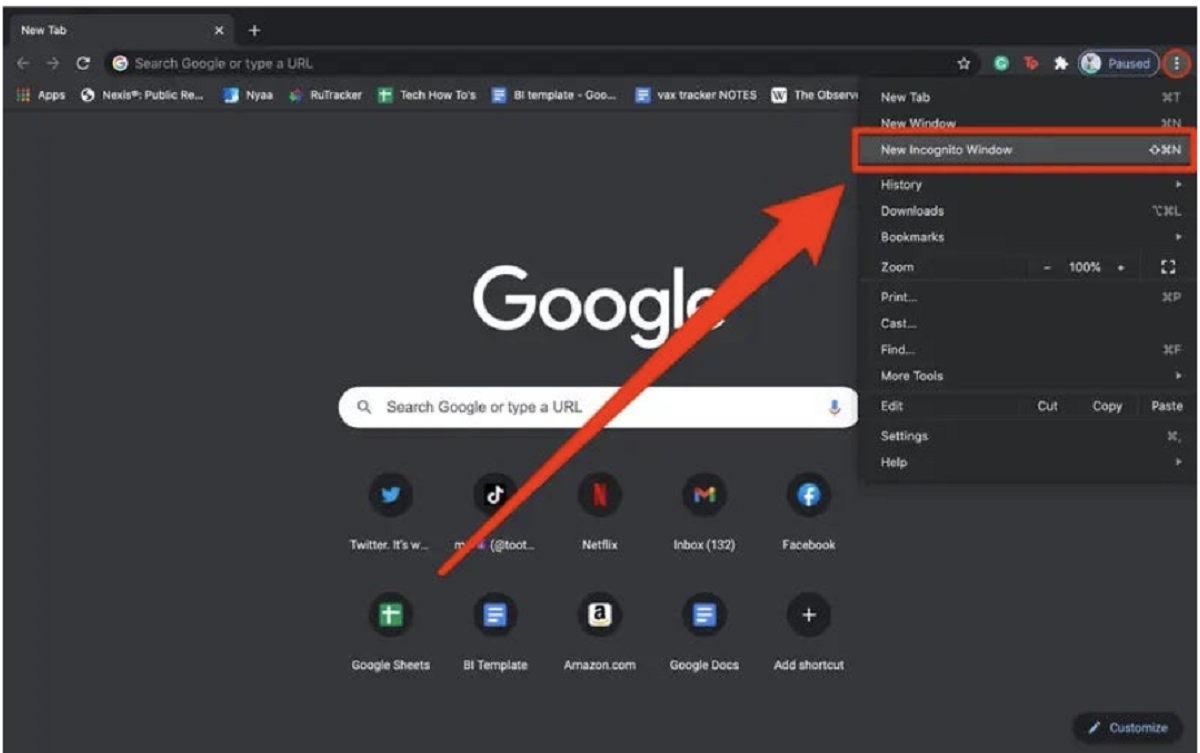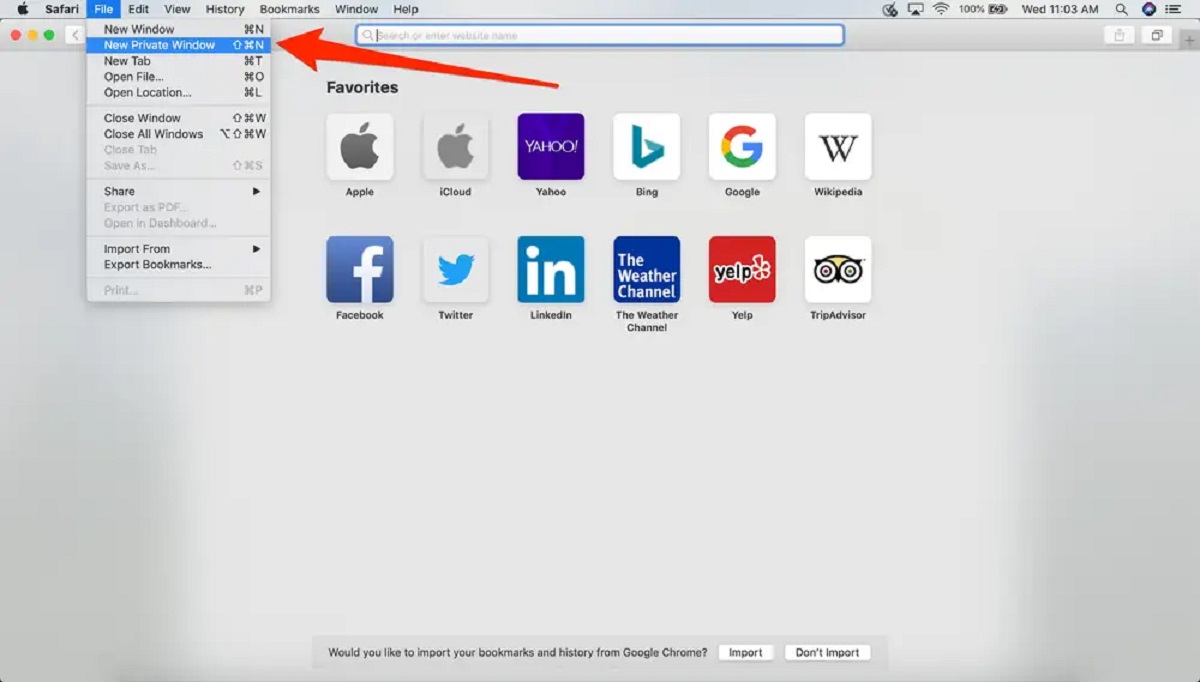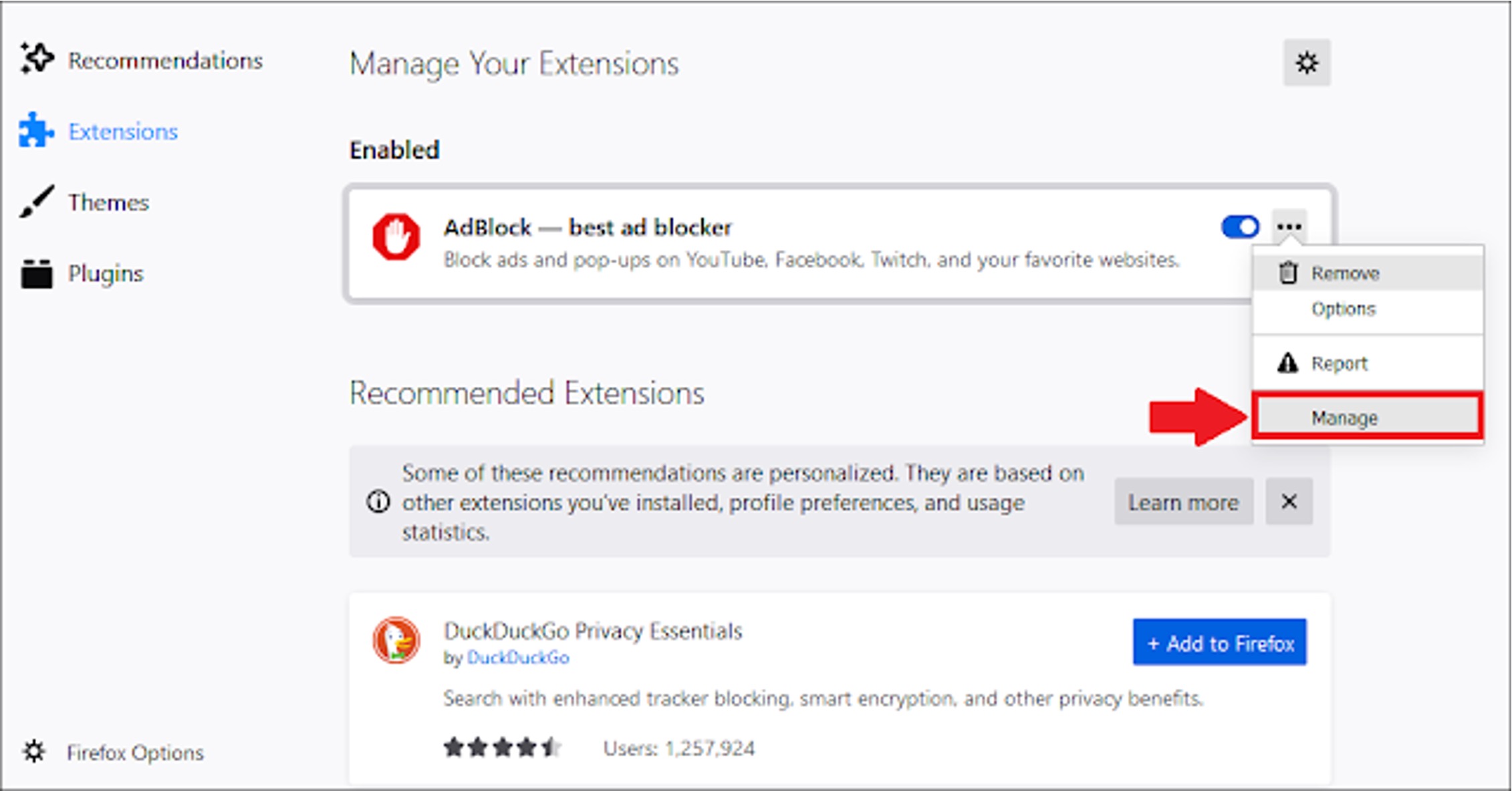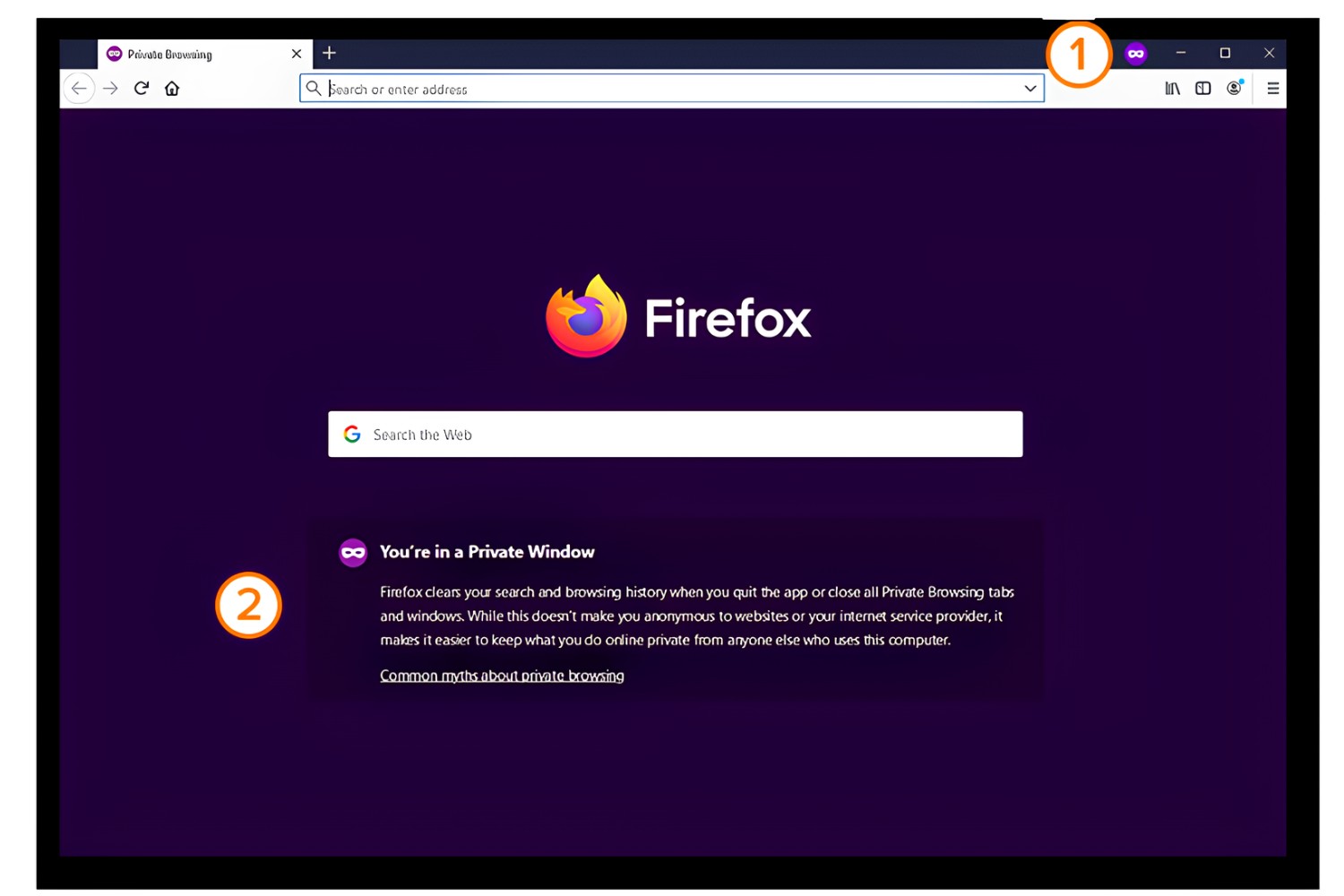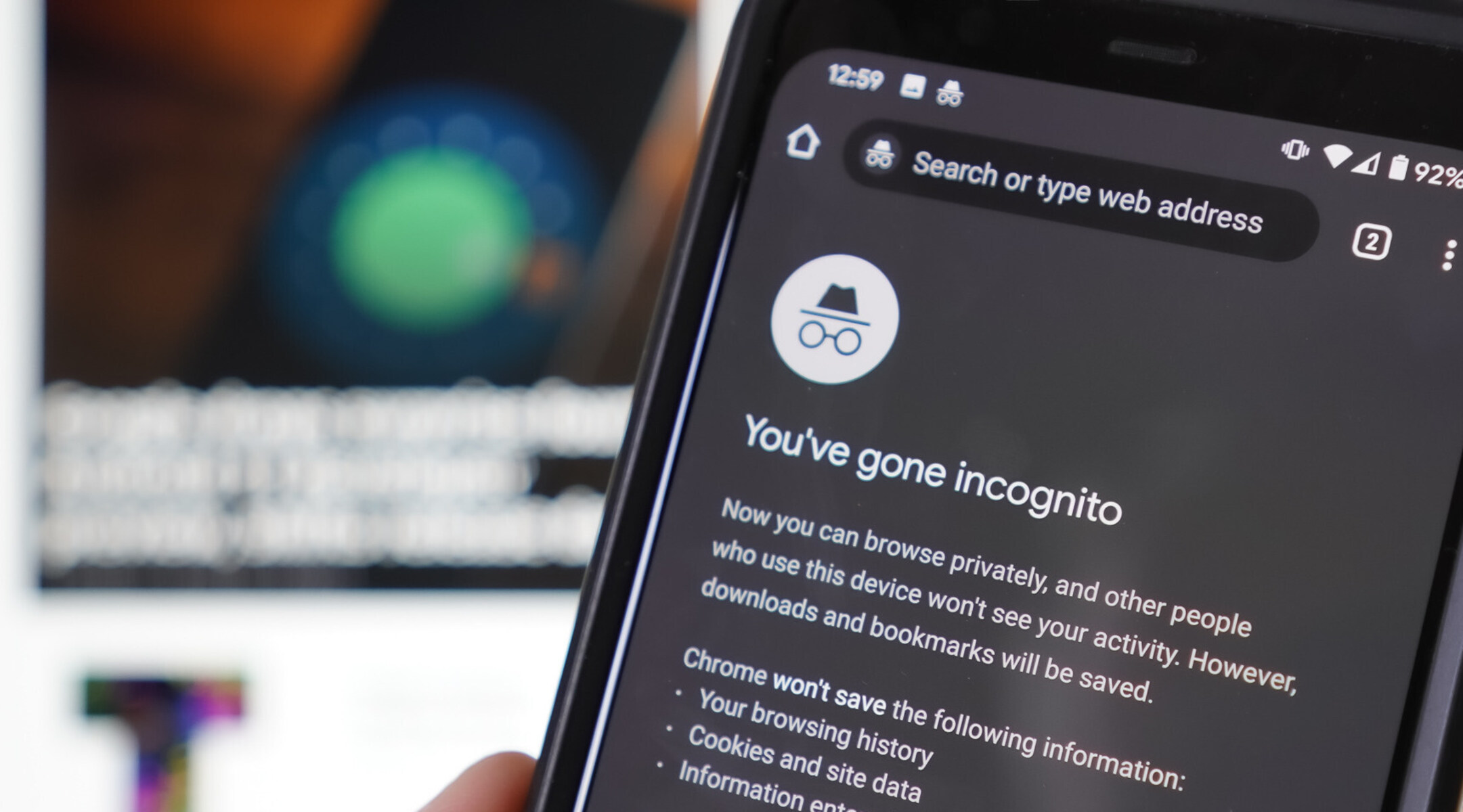Introduction
In today's digital age, privacy and security have become paramount concerns for internet users. Whether you're browsing for personal reasons or conducting sensitive research, it's essential to safeguard your online activities. This is where the concept of incognito mode comes into play. Incognito mode, also known as private browsing, offers a layer of anonymity and discretion while navigating the web. It allows users to explore the internet without leaving a trail of browsing history, cookies, or temporary files on their device.
As the internet continues to evolve, so do the tools and features designed to enhance user privacy. Incognito mode has emerged as a valuable asset for individuals seeking a more discreet online experience. By activating this mode, users can prevent their browsing history from being stored, thereby minimizing the risk of their online activities being tracked or monitored. This can be particularly useful when using a shared computer or accessing sensitive information on a public network.
In addition to its privacy benefits, incognito mode also serves as a versatile tool for various online activities. Whether you're researching a surprise gift for a loved one, accessing a public computer, or simply wanting to explore the web without leaving a digital footprint, incognito mode offers a convenient solution. It's important to note that while incognito mode provides a degree of privacy, it does not make users completely anonymous or immune to all forms of tracking. However, it does offer a level of protection that can be invaluable in certain scenarios.
In the following sections, we'll delve deeper into the concept of incognito mode, exploring its benefits, how to activate it on the Firefox browser, and tips for using it effectively. By understanding the intricacies of incognito mode, users can make informed decisions about when and how to leverage this feature to enhance their online privacy and security.
What is Incognito Mode?
Incognito mode, also known as private browsing, is a feature offered by web browsers that allows users to browse the internet without leaving a trace of their online activities on the device they are using. When this mode is activated, the browser does not store any data related to the user's browsing session, including history, cookies, or temporary files. This means that once the incognito session is closed, all associated data is automatically deleted, providing a level of privacy and anonymity for the user.
One of the key aspects of incognito mode is that it operates separately from the standard browsing mode. This means that any actions performed in incognito mode, such as visiting websites, entering passwords, or filling out forms, are not saved in the browser's history. Additionally, any cookies or temporary files generated during the incognito session are discarded when the session is ended, ensuring that no residual data is left behind.
It's important to note that while incognito mode prevents the browser from storing local data, it does not make users completely anonymous online. Internet service providers, websites, and network administrators may still be able to track a user's online activities. However, for individual privacy on a shared device or in a public setting, incognito mode can be a valuable tool.
In addition to its privacy features, incognito mode also offers a sandboxed browsing environment. This means that the browsing session in incognito mode does not interact with the user's standard browsing session. For example, if a user is logged into a specific account in their standard browsing session, that login information does not carry over to the incognito session, providing an added layer of isolation and security.
Overall, incognito mode provides users with a way to browse the web privately and securely, without leaving behind a digital trail of their online activities. It's a useful feature for a variety of scenarios, from conducting sensitive research to simply wanting to explore the internet without impacting the standard browsing experience. Understanding the capabilities and limitations of incognito mode is essential for making informed decisions about when and how to utilize this feature effectively.
Benefits of Using Incognito Mode
Incognito mode offers a range of benefits that cater to the diverse privacy and security needs of internet users. Understanding these advantages can empower individuals to make informed decisions about when to leverage this feature effectively.
1. Privacy Protection
When browsing in incognito mode, the browser does not store any history, cookies, or temporary files, ensuring that the user's online activities remain private. This is particularly beneficial when using a shared computer or accessing sensitive information on a public network, as it prevents others from viewing the browsing history or accessing login credentials left behind.
2. Enhanced Security
Incognito mode provides a sandboxed browsing environment, isolating the incognito session from the user's standard browsing activities. This isolation helps prevent websites from tracking user behavior across sessions and reduces the risk of malware or other online threats impacting the user's standard browsing experience.
3. Avoiding Personalization
By not storing cookies or browsing history, incognito mode prevents websites from customizing content based on the user's previous activities. This can be advantageous when conducting research or shopping online, as it allows users to view unbiased search results and avoid targeted advertisements based on their browsing history.
4. Testing and Troubleshooting
For web developers and IT professionals, incognito mode offers a convenient way to test websites and troubleshoot issues without the interference of cached data or stored cookies. This clean browsing environment can help identify and resolve website-related problems more effectively.
5. Multiple Account Management
Incognito mode enables users to log into multiple accounts on the same website simultaneously. This can be useful for individuals who need to access different accounts, such as email or social media, without the hassle of logging in and out of each account repeatedly.
6. Safe Public Browsing
When using a public computer or network, incognito mode provides an added layer of security by not storing any browsing data locally. This reduces the risk of unauthorized access to personal information and helps maintain the user's privacy in shared environments.
By recognizing these benefits, users can make informed decisions about when to utilize incognito mode to enhance their online privacy, security, and browsing experience. Whether it's for personal use, professional tasks, or safeguarding sensitive information, the advantages of incognito mode make it a valuable feature in today's digital landscape.
How to Go Incognito on Firefox
Activating incognito mode on the Firefox browser is a straightforward process that provides users with a quick and convenient way to browse the web privately. Whether you're using Firefox on a desktop or mobile device, accessing incognito mode can be accomplished in just a few simple steps.
Desktop:
-
Open Firefox Browser: Launch the Firefox browser on your desktop or laptop.
-
Access the Menu: Click on the three horizontal lines in the upper-right corner of the browser window to open the menu.
-
Select "New Private Window": From the menu, choose "New Private Window." This action will open a new incognito window where you can browse privately.
-
Start Browsing: Once the private window is open, you can start browsing the web without leaving a trace of your online activities on your device.
Mobile:
-
Launch Firefox App: Open the Firefox app on your mobile device.
-
Access the Menu: Tap the three vertical dots in the top-right corner of the app to access the menu.
-
Choose "New Private Tab": From the menu options, select "New Private Tab." This will initiate a private browsing tab within the Firefox app.
-
Begin Private Browsing: Once the private tab is active, you can browse the internet privately without the browser storing any history or data related to your session.
By following these simple steps, users can seamlessly transition into incognito mode on the Firefox browser, allowing for discreet and secure browsing experiences across desktop and mobile platforms. It's important to note that while in incognito mode, any bookmarks, downloads, or other actions performed during the session will be saved, but the browsing history and cookies will not be retained once the incognito window or tab is closed.
Understanding how to access incognito mode on Firefox empowers users to take control of their online privacy and security, ensuring that they can browse the web with confidence and discretion. Whether it's for personal use, professional tasks, or safeguarding sensitive information, the accessibility of incognito mode on Firefox makes it a valuable feature for users seeking a more private and secure browsing experience.
Tips for Using Incognito Mode Effectively
When utilizing incognito mode on Firefox, there are several tips and best practices that can enhance the overall browsing experience and maximize the privacy and security benefits offered by this feature.
-
Avoiding Account Logins: While incognito mode provides a level of privacy by not storing browsing history or cookies, it's important to refrain from logging into personal accounts, such as email or social media, during an incognito session. Since the browsing activity is not saved, logging into accounts in incognito mode may lead to inconvenience, as users will need to log in again when reopening the incognito window or tab.
-
Managing Bookmarks and Downloads: Although browsing history and cookies are not retained in incognito mode, users can still save bookmarks and download files during their private browsing sessions. It's advisable to organize and manage bookmarks and downloads as needed, as these elements will persist beyond the incognito session and can be accessed in the standard browsing mode.
-
Understanding Limitations: It's essential to recognize that while incognito mode provides a degree of privacy and security, it does not render users completely anonymous online. Internet service providers, websites, and network administrators may still be able to track certain aspects of a user's online activities. Therefore, it's important to use incognito mode within the context of its intended purpose and be mindful of its limitations.
-
Clearing Private Data: Firefox allows users to clear specific types of private data upon exiting an incognito session. This can be accessed through the browser's settings, enabling users to customize which data, such as cookies or site data, is cleared when the incognito window or tab is closed. Understanding and utilizing these options can further enhance privacy and security.
-
Testing Website Functionality: For web developers and IT professionals, incognito mode can serve as a valuable tool for testing website functionality without the interference of cached data or stored cookies. By leveraging incognito mode for testing and troubleshooting, users can ensure a clean browsing environment for website-related tasks.
-
Maintaining Awareness of Network Limitations: When using incognito mode on a public or restricted network, it's important to be mindful of any network-specific limitations or restrictions that may impact the browsing experience. Certain networks may impose constraints on private browsing, and users should adhere to any applicable policies or guidelines.
By incorporating these tips into their incognito browsing habits, users can effectively leverage the privacy and security benefits of incognito mode on Firefox. Whether it's for personal use, professional tasks, or safeguarding sensitive information, understanding how to use incognito mode effectively empowers individuals to navigate the web with confidence and discretion.
Conclusion
In conclusion, incognito mode on the Firefox browser serves as a valuable tool for enhancing online privacy, security, and browsing flexibility. By allowing users to explore the web without leaving a digital footprint on their devices, incognito mode empowers individuals to engage in discreet and secure online activities. Whether it's for personal use, professional tasks, or safeguarding sensitive information, the accessibility and benefits of incognito mode make it a valuable feature in today's digital landscape.
The benefits of incognito mode, including privacy protection, enhanced security, and the ability to avoid personalization, cater to the diverse needs of internet users. From preventing the storage of browsing history and cookies to facilitating safe public browsing, incognito mode offers a versatile solution for a wide range of online scenarios. Understanding the capabilities and limitations of incognito mode is essential for making informed decisions about when and how to leverage this feature effectively.
By following the simple steps to activate incognito mode on Firefox, users can seamlessly transition into private browsing sessions, ensuring that their online activities remain discreet and secure. Additionally, incorporating best practices, such as managing bookmarks and downloads and understanding the limitations of incognito mode, can further enhance the overall browsing experience and maximize the privacy and security benefits offered by this feature.
As the internet continues to evolve, the importance of safeguarding online privacy and security becomes increasingly significant. Incognito mode on Firefox provides users with a practical and accessible means of achieving these objectives, allowing for a more confident and discreet online browsing experience. By recognizing the value of incognito mode and understanding how to use it effectively, individuals can navigate the web with greater confidence and control over their online privacy and security.
In essence, incognito mode on the Firefox browser represents a powerful tool for users seeking a more private and secure browsing experience. By embracing the benefits and best practices associated with incognito mode, individuals can harness the full potential of this feature to safeguard their online activities and explore the web with confidence and discretion.







